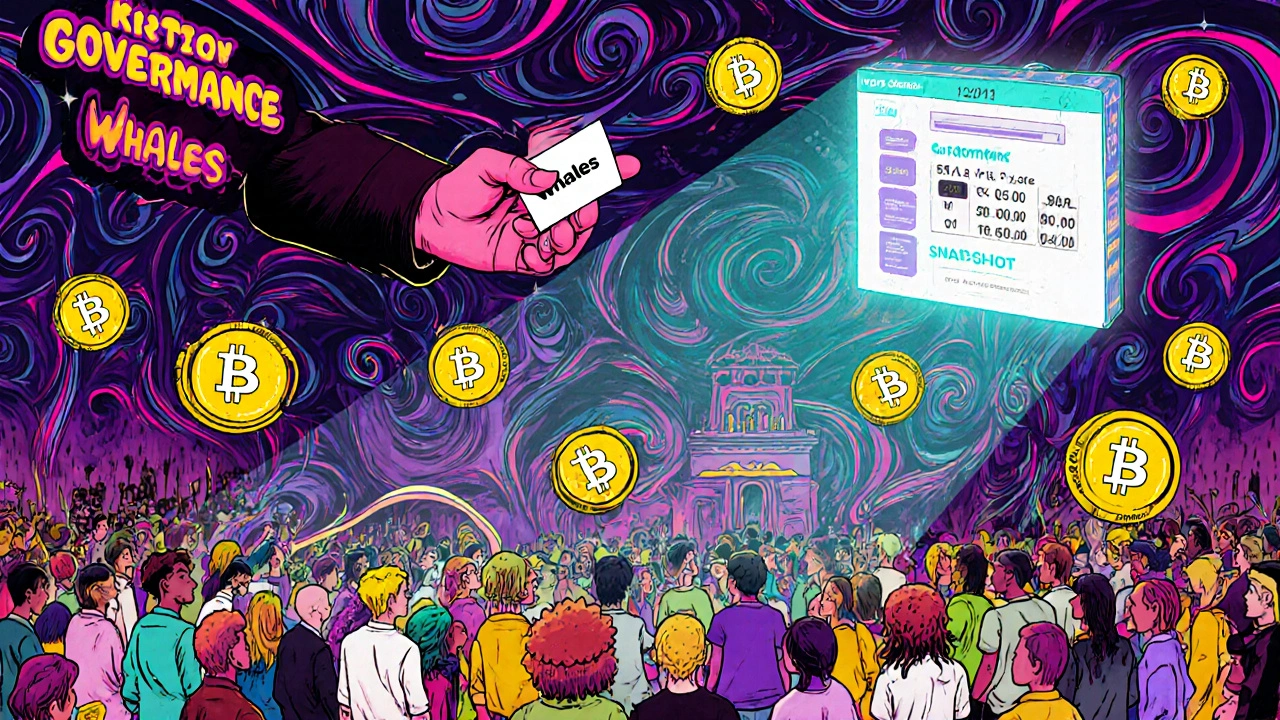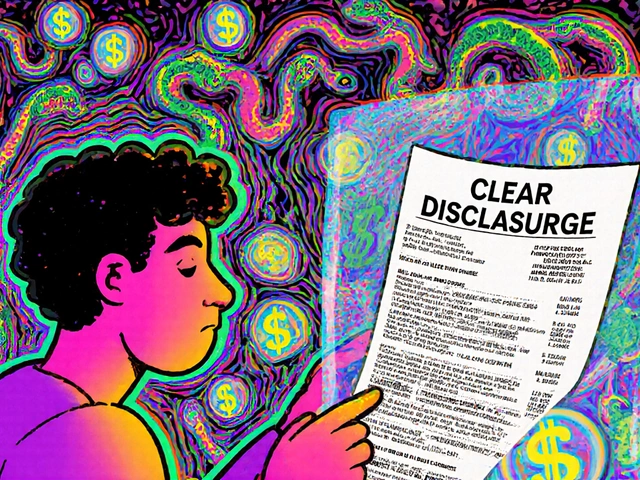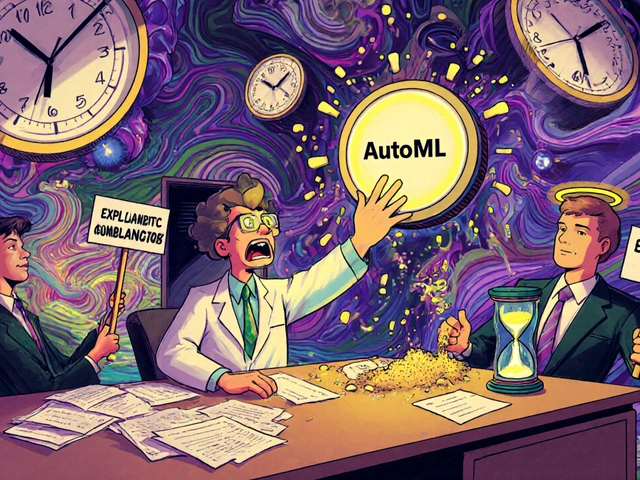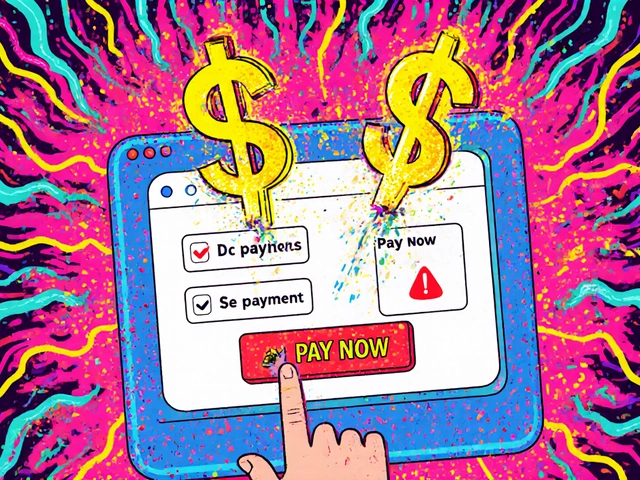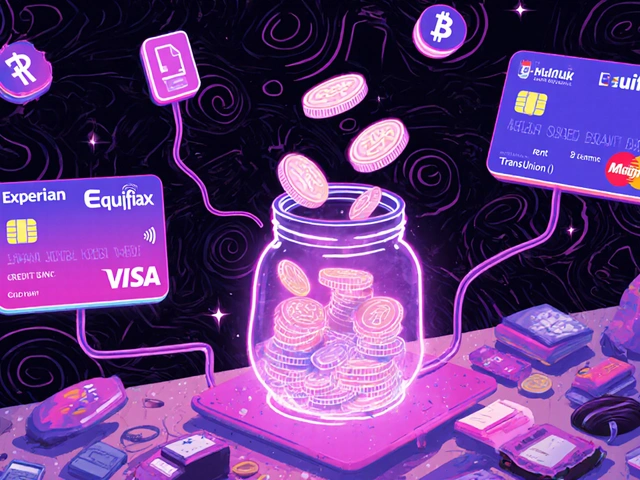MKR Token: What It Is, How It Powers MakerDAO, and Why It Matters for Crypto Investors
When you hear MKR token, the governance token that controls the MakerDAO protocol, a decentralized system for issuing the Dai stablecoin. Also known as Maker token, it doesn’t trade like Bitcoin or Ethereum — it’s the voting card that lets people decide how the system runs. Unlike most tokens, MKR isn’t meant to be held as speculation. It’s the engine behind one of the oldest and most stable parts of decentralized finance.
MakerDAO uses MKR to manage Dai stablecoin, a crypto-backed digital dollar that stays worth $1 through smart contracts and collateral rules. If the system needs to change fees, add new types of collateral, or fix a bug, MKR holders vote on it. No CEO, no board — just code and community decisions. That’s why MKR’s value isn’t tied to hype. It’s tied to how well MakerDAO works. When Dai stays stable, MKR holders get paid in fees. When things go wrong, new MKR is created and sold to cover losses — which can reduce the value of existing tokens. It’s a feedback loop that keeps the system honest.
That’s also why MKR is deeply connected to decentralized finance, the ecosystem of financial tools built on blockchain without banks or middlemen. If you’re using DeFi to lend, borrow, or earn yield, chances are you’re interacting with Dai — and by extension, MKR. It’s not flashy. It doesn’t promise moonshots. But it’s one of the few crypto assets that actually earns its keep by keeping something important running.
And it’s not just for traders. People who want to use crypto without price swings rely on Dai. Developers building DeFi apps need it as a base currency. Even institutions test the waters with it before jumping into full crypto exposure. MKR is the silent backbone of all that.
Below, you’ll find real breakdowns of how MKR fits into broader crypto strategies — from how it reacts to market stress, to how it compares to other governance tokens, and why it’s still relevant even when the rest of crypto is in chaos. These aren’t predictions. They’re maps of what’s already working.
